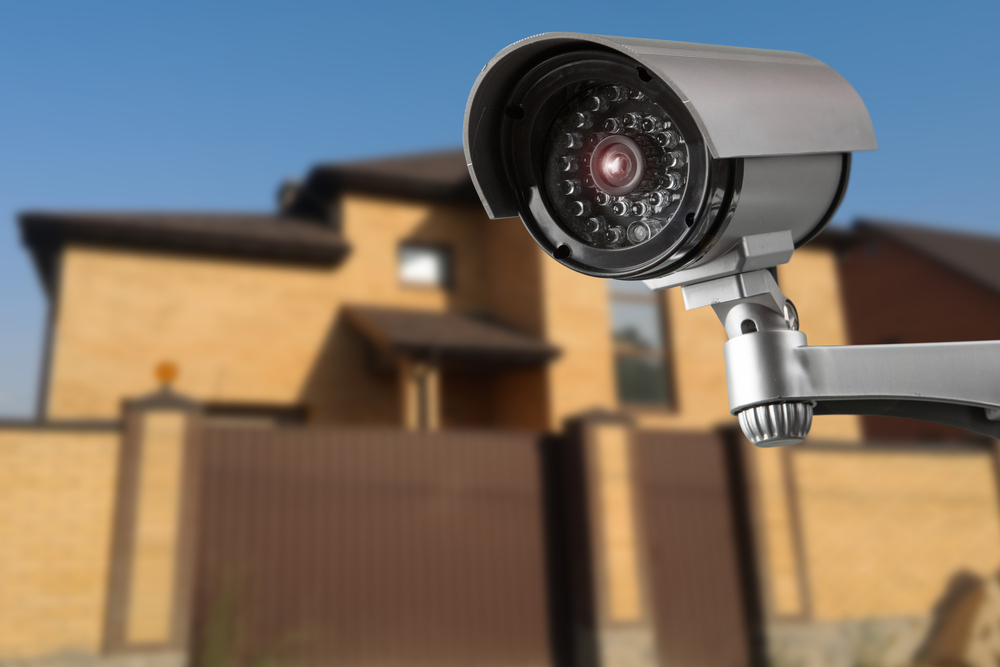Vacant properties, be they residential or commercial, are particularly vulnerable to vandalism, theft, and squatting.
Without the presence of occupants to monitor and maintain the premises, these properties can quickly become targets for criminal activities. Fortunately, installing a Closed-Circuit Television (CCTV) system can be an effective strategy for safeguarding vacant properties.

This blog will guide you through the process of putting a vacant property CCTV system in place on a vacant property, ensuring peace of mind and security for property owners and managers.
1. Assess Your Security Needs
Begin by assessing the specific security needs of the property. Consider factors such as the size of the property, entry points, areas particularly susceptible to vandalism or break-ins, and any previous security challenges. This assessment will help determine the number of cameras needed and their optimal placement for comprehensive coverage.
2. Choose the Right CCTV System
There are various types of CCTV systems available, ranging from basic models to advanced options with high-resolution imaging, night vision capabilities, and motion detection. For vacant properties, wireless systems that offer remote monitoring via the internet are particularly beneficial, allowing property owners or managers to keep an eye on the premises from anywhere at any time.
3. Opt for Professional Installation
While some property owners may consider a DIY approach to save costs, professional installation ensures that the system is set up correctly and functioning optimally. Professionals can advise on the best positions for cameras to cover all vulnerable areas without leaving blind spots and can ensure that the system is properly integrated for remote access and monitoring.
4. Ensure Proper Lighting
Effective surveillance requires adequate lighting, particularly for capturing clear footage at night. Consider installing motion-sensor lights around the property to deter intruders and provide sufficient illumination for the cameras to record usable footage during all hours.
5. Regular Maintenance Checks
Once installed, it’s crucial to conduct regular maintenance checks on the CCTV system to ensure it remains in good working order. This includes checking camera lenses for obstructions, testing motion detectors, and ensuring that recordings are being stored correctly. Regular maintenance prevents potential gaps in surveillance due to technical issues.
6. Comply with Legal Requirements
It’s important to be aware of and comply with any legal requirements related to surveillance, including privacy laws and regulations governing the use of CCTV. In some jurisdictions, there may be restrictions on the areas that can be monitored and requirements to post signs indicating the presence of CCTV.
7. Combine with Other Security Measures
While a CCTV system plays a crucial role in securing a vacant property, it’s most effective when used in conjunction with other security measures. These can include secure locks on all doors and windows, security alarms, and the use of security personnel for periodic on-site inspections.
Conclusion
Securing a vacant property requires a proactive approach to deter potential threats and monitor the premises effectively. By carefully assessing the property’s security needs, choosing the right CCTV system, ensuring professional installation, and combining surveillance with other security measures, property owners can protect their investments from a distance.